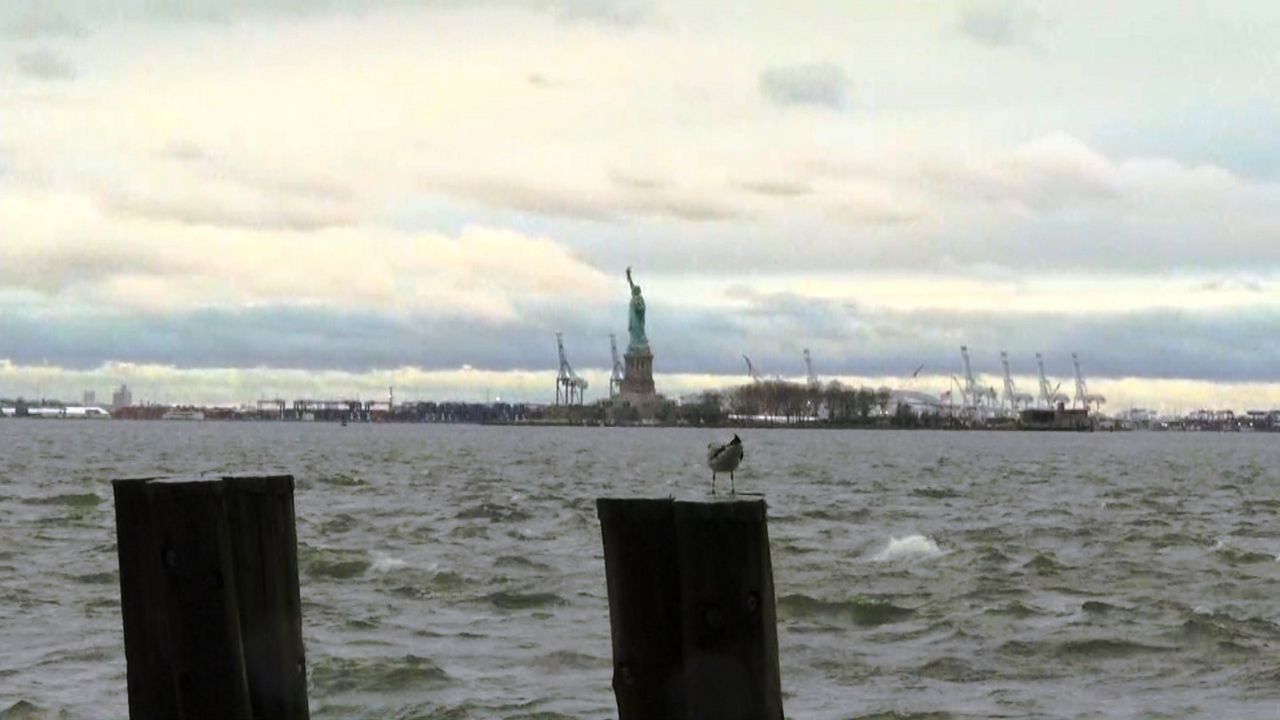A new climate resiliency plan announced by the mayor on Thursday would expand Manhattan’s southern shoreline up to 500 feet into the East River and build new flooding prevention measures to protect the shoreline from destruction like that unleashed by hurricane Sandy in 2012.
“Global warming is an extraordinary threat to all of our country, all of our earth, but when it comes to New York City one of the great coastal cities in the world we are particularly threatened and nowhere is that threat greater than for the hundreds of thousands of people who live and work in Lower Manhattan,” de Blasio said.
That part of the city was plummeted into darkness shortly after the storm made landfall. For days the area was closed off to traffic, the Battery Tunnel completely shut down and major subway lines were taken out of service. De Blasio’s plan is an update to other proposals including some which are in construction at the South Street Seaport, parts of the Financial District and the Two Bridges neighborhood.
The mayor’s plan to build into the river would cost $10 Billion and he admits he’s not sure how he’s going to pay for it.
“We need to do this, we need to this quickly. Again, it’s going to cost $10 billion dollars, we have to come up with the money. We pray the day is near when our Federal government actually creates a plan for national resiliency and funds it properly," de Blasio said.
The mayor acknowledged President Trump’s administration is unlikely to foot the bill.
And here at home experts warn a plan like this would require private development dollars which could drown the mayor’s proposal in the notoriously long land use process.
Roland Lewis, President and CEO of the Waterfront Alliance said the plan is unlikely to ever be completed without the help of private dollars.
“Where is the money going to come from? At this point it’s probably going to come from private development on infill land and that’s a controversial thing. There isn't any clear financing option for the city of New York for an option as massive as this," Lewis said.
The mayor’s plan could take up to 12 years to complete. He said that timeline could be sped up if the federal government funds the proposal.



